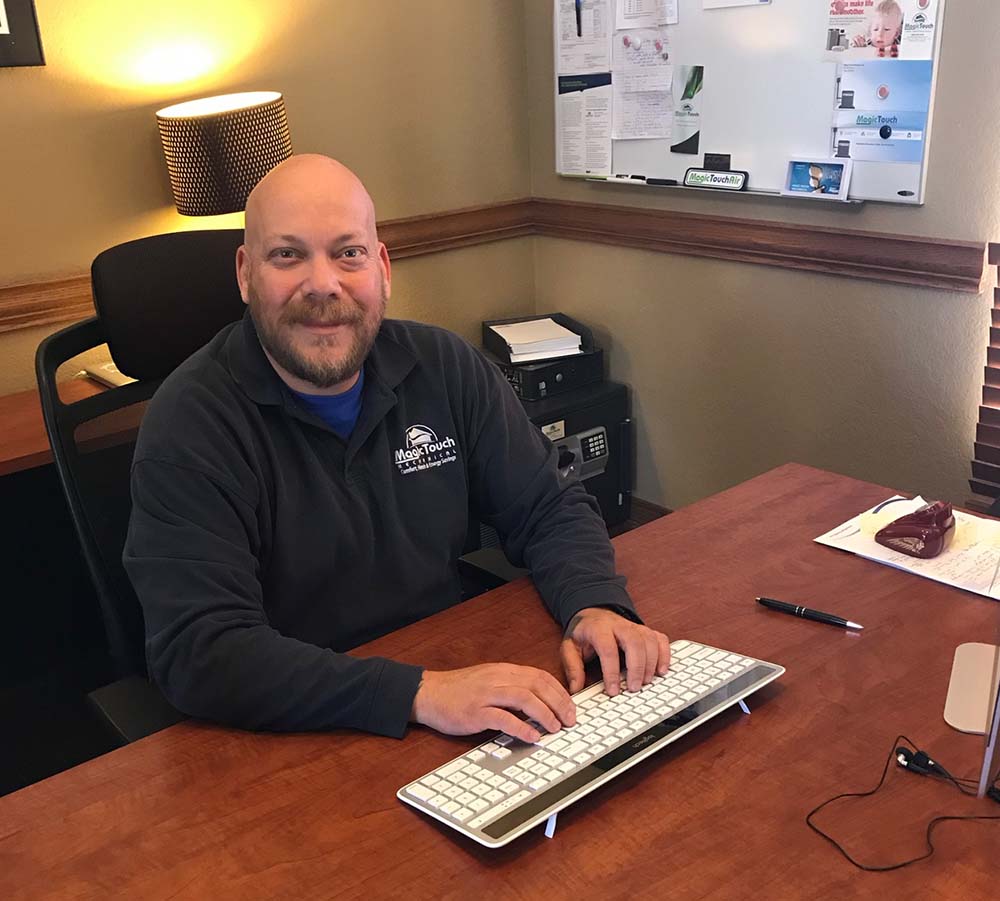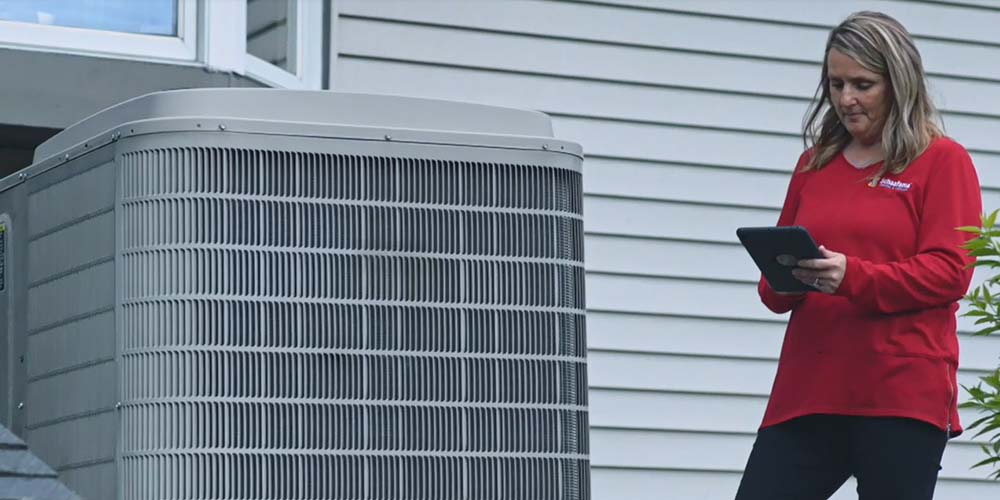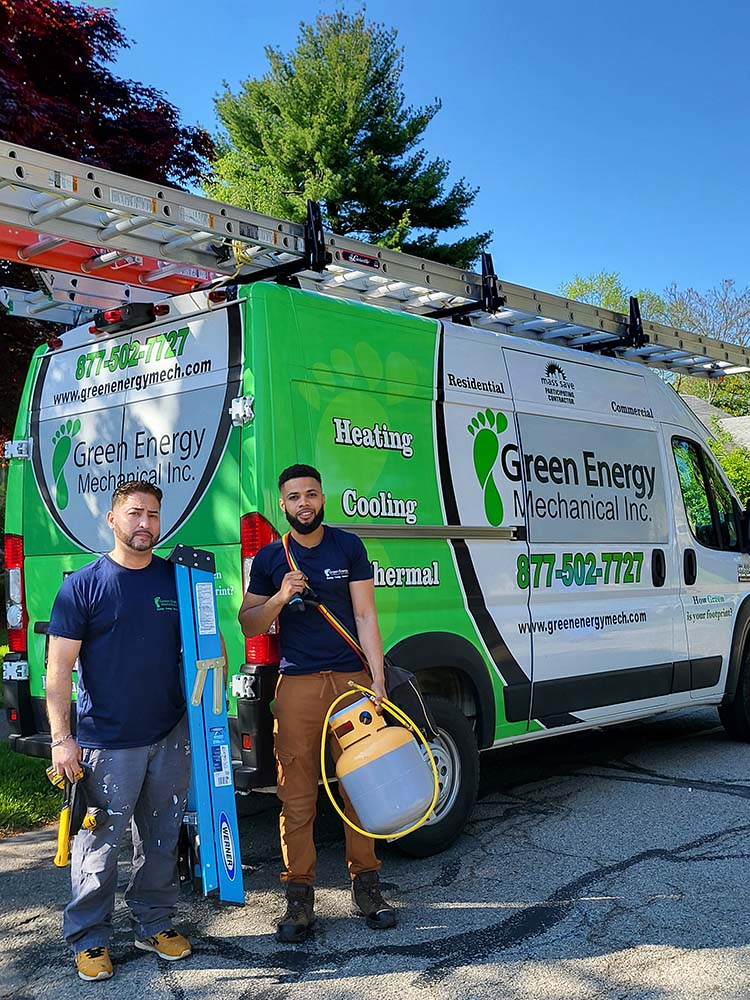New regulations are bringing some significant changes to the HVAC industry, while supply chain issues are causing equipment shortages, as well as a steady stream of price hikes from manufacturers. All these issues may be of concern to end users who are in the market for new HVAC equipment. Several have contacted The ACHR NEWS, wondering if they should wait for the new equipment to hit the market before replacing their units.
Given all the current uncertainties in the marketplace, many contractors believe that if the end user needs a new system in the near future, the time to buy may be now.
CEO, Magic Touch Mechanical
New Refrigerants
One of the reasons why end users may be apprehensive about buying new systems is that the Environmental Protection Agency (EPA) started phasing down the production of high-GWP refrigerants this year and is expected to ban the use of R-410A in new equipment starting in 2025. With low-GWP, lower flammability (A2L) refrigerants such as R-32 and R-454B hitting the market in the next year or two, they wonder whether R-410A will still be available to service their existing systems — and at what cost.

BUY NOW: Rich Morgan of Magic Touch Mechanical does not hesitate to suggest that customers buy R-410A equipment now. (Courtesy of Rich Morgan)
While no one can predict what the price of R-410A will be in the future, it will likely still be available. That’s because under the AIM Act, EPA has been directed to establish regulations that will maximize the recovery and reclamation of HFC refrigerants, so that they will be available to service existing equipment over its natural life span. (Of course, making sure a system doesn’t leak in the first place is the best way to ensure a customer will not need R-410A in the future.)
For customers who may be on the fence about buying a system now or waiting for the new refrigerants to become available, Rich Morgan, CEO of Magic Touch Mechanical in Mesa, Arizona, did not hesitate to suggest buying R-410A equipment now.
“Back when R-22 was being phased out, we encouraged customers to consider R-410A early on. At a certain point we stopped offering R-22 equipment altogether, even while it was still readily available,” he said. “This time around, I would not discourage customers from considering R-410A equipment quite yet. With all the extraordinary events that have taken place in the last few years — material shortages, pandemic-related labor shortages at the manufacturers, etc. — the industry feels less prepared for this transition than we were last time. Ironically, I just installed an R-410A system in my own mother’s home a few weeks ago and am preparing to install another R-410A system in my own home in the next few weeks. The thought of waiting to install an A2L system wasn’t even a consideration for either.”
Rather than focusing on the refrigerant, Brian Mount, CEO of Tempo Air in Irving, Texas, said he believes that it is more important for potential buyers to have confidence in the company that is installing the unit. That includes making sure that the installing company will register the system correctly to receive the 10-year equipment warranty, as well as be a partner with the customer throughout the life of the system.
“Personally, I would not suggest potential buyers get too far ahead of the market and be the first to buy A2L equipment,” he said. “I have seen too many times in the past where new technology needs time in the real world under real conditions to have the bugs worked out. My suggestion is to wait until after these systems become more available in the marketplace and have more units installed under real conditions before buying. At this current place in time, I would focus on the warranty: what’s included, what’s not included, what’s the process, and ultimately who will be fixing it if something goes wrong.”
Another reason to buy a new system now is that the new A2L units will likely cost more than today’s R-410A units. That is why Kevin Walsh, president of Schaafsma Heating & Cooling Co. in Grand Rapids, Michigan, recommends that customers buy R-410A equipment now. He is also uncertain about what benefits the new equipment may offer besides using a low-GWP refrigerant.

DIFFICULT CONVERSATION: A2L equipment is generally not available right now, which makes it difficult to talk to customers about the new units. (Courtesy of Kevin Walsh)
“I do not know how efficiency will compare and what the future cost will be,” he said. “I believe the cost will be more for a comparable unit because of the additional safety features, but that’s more of a guess than fact. Personally. I think customers might be wise to replace their unit before the deadline. Again, that is based off some assumptions on future equipment cost. The cost of refrigerant in a year or two could change my opinion.”
Some customers are concerned about their carbon footprint and have asked about keeping their current systems until the A2L units are available. That’s not something Greg Fox, president of Fox Family Heating & Air, Rancho Cordova, California, recommends, as there are disadvantages associated with waiting for the new A2L systems.
“If an R-410A compressor or motor is on borrowed time and struggling to meet the demand of the house, higher utility bills and potentially higher repair rates await the customer who waits a couple more years,” he said. “Plus, there are some sweet rebates available right now in our county. For example, the local utility, SMUD, is offering thousands of dollars for those who switch to heat pumps now, even though they use R-410A, and those rebates may not be here two years from now. The cost of systems is also going up 5% to 8% every year. Since 2020, the cost of equipment has risen about 32% for our customers, so a $10,000 system two years ago, now costs $15,000.”
Jonathan Neves, founder and CEO of Green Energy Mechanical Inc. in Canton, Massachusetts, has also had customers who have been hesitant to buy R-410A equipment. He listens to their concerns and then assures them that R-410A will still be available in the future, if it’s needed to service the system.

EXTRA COSTS: Technicians will need training on A2Ls and will have to carry extra tanks of refrigerant on the trucks, which will increase costs. (Courtesy of Jonathan Neves)
“I then ask them how important cost is, because that is usually high on their list,” he said. “I let them know all manufacturers are expecting 20% to 30% increases in equipment costs next year, and those costs will be passed on to the consumer. In addition, technicians will need training on A2Ls and will have to carry extra tanks of refrigerant on the trucks, which will increase costs. Again these costs get passed on to the consumer. I finish by telling them it will never be cheaper than it is right now for them to replace their older system with an energy-efficient air conditioner or heat pump.”
Efficiency Standards
While the new refrigerants may not be available for another year or two, the energy efficiency standard takes effect next year, causing some consumers to wonder if they should wait to buy the new SEER2 equipment. Again, contractors advise against that, as compliant equipment is already available, and it is likely less expensive now than it will be next year.
“We’re only a couple of months from the official rollout of SEER2, and I don’t feel many people know about it. If they did, they would buy those systems now, because the cost of our new entry-level SEER2 system will increase about 15% to 25% over the 14 SEER equipment of 2022,” said Fox. “The new SEER2 minimum will be 15, and today’s 16 SEER systems will be classified as 15.3 SEER2 next year, so they are already compliant. The price of 16 SEER equipment is only modestly higher than 14 SEER units, so I say buy now.”
Morgan started posting information about the 2023 efficiency standards on his website and through social media channels earlier this year, but many of his customers are already interested in equipment that far exceeds the new efficiency standards.
“In these cases, the new standards don’t matter to them, because they’re already considering 18 to 20-plus SEER inverter systems,” he said. “Our advice has long been to buy based on comfort — such as inverters or at the least two-stage systems — as opposed to buying based on efficiency. We explain that high efficiency is the icing on the cake, as these ‘better’ systems are by their very nature typically higher in SEER, EER, and HSPF than single-stage units.”
Mount has found that commercial clients are more interested in the new efficiency standard rather than homeowners. For the latter, Tempo Air has been installing 16 SEER equipment as standard, so the only changes he expects to see are some different model numbers on the new SEER2 equipment. As for business customers, they are not waiting to buy based on the new standard; they just want to make sure they are compliant in 2023, he said.
Waiting for Rebates
Another reason why customers may be delaying the purchase of a new HVAC system is to see whether they can take advantage of the rebates and tax credits that will be available under the Inflation Reduction Act, which passed earlier this year. Under this new federal program, rebates will be available to low- and moderate-income households for the purchase of specific Energy Star-rated electric appliances, including up to $8,000 for a heat pump for home heating and cooling. Tax credits for up to $2,000 are also available to homeowners who have qualified heat pumps installed. However, some of these programs are not yet finalized, and again, rising equipment costs could negate some of the benefits of the rebates.
“I’m not a CPA and do not pretend to be, but what I do know is that the incentives are dependent on income and other factors,” said Neves. “There will also be equipment price increases next year that will eat away at the credits. In our area, we have very lucrative rebates for clients installing heat pumps, and those are not guaranteed to run again next year. If customers ask, I say, ‘My greatest fear is that you decide to hold off on installing your new heat pump system so you can receive the federal tax credits next year and lose out on the state-funded rebates that are guaranteed right now.’"
Walsh agreed, adding that “as of now, we do not know exactly how much the rebates will be and what efficiency the unit must be. On top of that, we don’t know if income will play a role in how much of the rebate is available. The flip side is we don’t know how much the final installed price will go up before next summer. It could be all the rebate does is cover the additional cost.”
For customers asking about the rebates, Fox lays out the numbers involved with not replacing a system for the next two years.
“Suppose the cost of a full system install goes up 5% — that’s $500 to $750 per year,” he said. “The cost of repairs today to get the system up and running and the cost of future repairs over those next two years could be $500 to $2,000-plus. So that’s potentially $3,000 to $5,000 that customers could be applying towards the cost of a new system instead of holding out for an environmentally friendlier system. Right now, there is a $1,500 to $3,000 rebate through SMUD for upgrading to a two-stage or variable-speed heat pump, which would help defray some of that cost. Any rebates they are waiting for later might be negated by the true cost of hanging on to their existing beater for the next couple of years.”
Transition Trepidation
With all these changes coming to the HVAC industry, it is no wonder that contractors are a little concerned about what the next few years may bring. Morgan noted that back in 2019, he would have readily agreed that the industry and its customers would be ready to handle all the upcoming changes, but he feels a little differently now.
“After everything we’ve all been through these last few years, I would’ve liked to see some of these changes delayed a little longer,” he said. “We still have supply chain issues, out of control inflation, and fears of a looming recession on the minds of both customers and business owners. Personally, I think it would’ve been ideal if everyone had a little time to ‘catch our breath’ before initiating more change. That said, having owned Magic Touch for a quarter century, we’ve seen a lot of change over the years and simply adapted. I believe most in our industry can and will continue to do the same.”
Mount is also concerned, noting that the last few years have been anything but normal, so there may not be enough time to make sure the new A2L units are manufactured and tested in some quantity under real-world conditions.
“My fear is, manufacturers have been rushing this year to be compliant with DOE SEER2 requirements and are ultimately going to be rushing to get A2L equipment into the market over the next two years. I am just not sure that without real-world feedback that the market is going to have enough time to strengthen the product prior to massive adoption,” he said. “This could lead to some sort of massive failure — formicary corrosion comes to mind. When that happened, it took a long time to understand what was going on and ultimately a long time for building codes to enforce fresh air and for manufacturers to change the materials in the coils.”
Fox is thankful that there is at least a little time between the change to SEER2 and the refrigerant transition. If the industry had to deal with both at the start of 2023, he said, it would be really tough to handle all the questions from customers and technicians alike. But he does worry that there may be some confusion in the market and that unscrupulous contractors could take advantage of that.
“This whole topic is confusing for many people, and there will be companies and their salespeople who will play this thing like a fiddle,” he said. “They only want to put more money in their pocket now instead of doing the right thing for the customer. Companies will be offering the newer systems to people with five- to 10-year-old R-410A systems, claiming they have to buy new equipment due to the phasedown of R-410A. And that is unfortunate.”



Report Abusive Comment